From antiquity to the present
day, gold has played a role in the course of human history through its
influence in a wide variety of realms—spiritual, cultural, political,
scientific, and economic. Access to significant supplies of gold can be credited
with contributing to the rise of powerful states and empires, while
devaluation of gold currency or an outflow of gold from state or royal
treasuries has contributed to the downfall of mighty rulers and
governments, such as those in ancient Rome,
Byzantium, the Spanish
Empire, and Tudor England. In the contemporary era, maintaining a gold
supply and monitoring the domestic gold market remains a crucial tool
utilized by policymakers in the realm of global economic foreign
relations, as evidenced by the careful policies of China since 2008 in
implementing financial reforms designed to maintain the strength of the
yuan in the face of a weak U.S. dollar. Pursuit of gold has been the
force behind significant conquests, voyages of discovery and exploration,
and imperial expansion through colonization. Gold reinforced social and
political boundaries by serving as a carefully regulated status symbol,
restricted to only certain social groups or castes, in cultures around
the world. Ancient alchemists and religious leaders held that gold
offered direct access to god and constituted a symbol of nature’s
perfection that was also thought to have tangible healing or life-giving
properties. Such beliefs contributed to the development of modern science,
with alchemy providing the foundations of the field of chemistry and
ancient goldsmithing techniques offering engineers a range of formulas for
practical scientific applications of gold in industrial and technological
advancements. Gold’s purely aesthetic beauty contributed to magnificent
feats of art and architecture from the shining halls of the pharaohs’
palaces to the mosaics in the Hagia Sophia and the opulence of Versailles. Whether
cherished as a medium of trusted monetary exchange or as a divine object,
gold has captivated humankind for thousands of years.
The Formation of Gold and its Physical Properties
Gold
is a noble metal identified on the Periodical Table of the Elements as the
chemical element Au based on the Romance etymology of the word “gold,”
which derives from the Latin word for gold— aurum. Gold is a unique
element because it exists most commonly in its native form, not
consisting of any other minerals or elements. In this form it appears
with a lustrous metallic gold color. Gold is highly resistant to
oxidization from exposure to oxygen or other substances, and thus is less
susceptible to corrosion. It is soft and pliable, yet extremely durable
and dense. Gold is biocompatible and has significant levels of
conductivity, while at the same time remaining chemically inert. Each of
these unique properties and attributes, along with the fact that gold is
relatively rare when compared to available quantities of other metals,
contributes to gold’s historically high value as both a commodity and a
form of money. Geologists assert that gold formed over time in a variety
of ways. Scholars continue to actively research and explore the origin
and placement of gold sources in various types of rock formations and
environmental settings. Some of the most ancient gold deposits occurred
2.5 billion years ago in what are known as “greenstone belts,” along
which geologists posit that a sizeable gold-forming event occurred in the
metamorphic rock when the earth’s plates collided amid volcanic and tectonic
activity. The next phase in which supplies of gold formed in diverse types of
rock occurred 1.5 billion years ago, and then again 400 million years
ago. No signifi cant gold formation activity was thought to occur
continuously or in the human era. Scientists have identified a wide
variety of ways gold potentially forms, principal among these processes
are formation through a process of magmatic hydrothermal cooling systems
in which water heated by magma sources is propelled upward to cooler rock
levels toward the surface, during which precious metals dissolve from the
surrounding rock and then precipitate into lode ore sources, or as the
product of chemical reactions caused by the interaction of sulphuric
vapors with diverse aqueous substances. Over time, gold was uprooted out
of lode ore sources in various types of rock and deposited in alluvial sources
due to weathering and water fl ow. An understanding of the chronology and
geological origins and distribution of mineral emplacements that
contributed to the formation of gold over time, along with studies of
weathering patterns and typical patterns in the formation of quartz
veins, assists geologists in surveying areas for potential gold mining
operations and in the development of more efficient, cost-effective
methods for extracting gold.
A Human Element: Gold from Antiquity to the Present
Along with other advancements such as writing
and agriculture, metalworking techniques, especially those used to craft
objects in gold, are a hallmark of what archeologists and anthropologists
identify as “civilization.” In the study of ancient societies, the
quality and level of gold artifacts is often viewed as a reflection of
the sophistication of a culture’s social organization or religious
practices, or as signifying a more advanced ideology. The 1973 discovery
of a series of tombs filled with highly skilled metal work dating from
the fifth millennium BC in the Varna
necropolis, along the lower Danube
River valley in present-day Bulgaria,
represented one of the largest and most ancient assemblages of gold artifacts
in human history, consisting of 3,000 pieces of gold distributed among 62 grave
sites. The product of a civilization identifi ed as Old Europe, these
artifacts revolutionized the way anthropologists viewed early European
societies previously thought to have consisted of simple, egalitarian
social orders. Instead, the burials at the Varna necropolis signaled the existence
of a stratifi ed society and the emergence of male social dominance, social
conditions evident largely from the placement and scope of the gold
objects among the graves. This early culture straddling the Neolithic and
the Bronze Ages appeared to have traded copper, gold, precious stones, and
other items as primitive forms of commodity with other settlements in the
region, evidence of more advanced and wide-reaching economic activity in
which such valuables served as status symbols. Gold artifacts excavated
from a burial complex dating from the third millennium BC at the site of
the Great Ziggurat of Ur, an ancient Sumerian civilization located along
the Euphrates River in present-day southern Iraq, reveal the development of
advanced goldsmithing techniques such as filigree, lost-wax casting, and
gilding; as well as the function of gold in a hierarchical Bronze Age society
as a symbol of royalty or nobility. Around the same period, these methods
were also utilized among ancient pre-Colombian civilizations in the
Peruvian highlands. During the period from 1500 to 1200 BC, the palaces
and tombs of the Egyptian pharaohs were adorned with exquisite works of
gold as goldsmiths mastered a variety of techniques and rulers took care
to preserve Egypt’s access to gold mines in Nubia and the trade routes
that brought gold and other precious commodities considered essential for
strengthening the wealth and prestige of the Egyptian dynasties. By 1000
BC, gold was officially used as a form of monetary exchange in China, and by the sixth century BC, King Croesus
began to mint a form of official gold coinage in the Anatolian kingdom of Lydia that helped to foster regional
trade relations and preserve the territory’s legendary wealth. The Old
Testament contains hundreds of references to gold and its uses in the
kingdoms of Israel, Judah, and surrounding states extending as
far as Africa from as early as ca. 1200 BC.
In the fourth century BC, the Macedonian king Alexander the Great
conquered the gold-rich lands of Persia and the Near East in a campaign
that widened the power and influence of Greek culture and filled western
coffers with gold, setting off centuries of expansion of Greek and,
later, Roman civilizations, in which access to gold sources in African,
Near Eastern, eastern European, and Iberian mines was an essential tool
of foreign conquest and settlement and a critical strategy for the
preservation of political power.
Throughout
antiquity in cultures around the globe, gold was considered precious not
only as a means of wealth but also for a range of physical and spiritual
properties ascribed to the lustrous metal, often viewed as a direct product of
the divine because of its beauty, durability, and apparent perfection.
Beginning as early as the Bronze Age, there is evidence for the emergence
of the deeply ancient protoscientific and occult practice of alchemy, a quest
to transmutate base metals such as lead into gold. Ancient alchemical
writings exist from the Mediterranean region, the Near East, and Asia,
and by classical antiquity, were concentrated among Greek and Jewish
scholars in Alexandria,
where ancient Egyptian and Hermetic texts containing the keys and formulas to
the mystical tradition were housed in the library. The prevalence of
alchemy across cultures reflects more common perceptions of a connection
between gold and the divine as manifest in nature’s perfection. Gold was
thus considered to possess the power to prolong or immortalize life by
tapping in to this spiritual connection, an ideology that parallels the very
evolution and purpose of religious practices in human cultures. From the
Incan perception of gold as the “sweat of the sun” to Aristotelian
theories of the elements and human life, gold’s purported spiritual and
mystical attributes epitomized the very aspirations of humanity to
achieve life beyond the temporal world.
The economic, artistic, spiritual, and
political significance and value of gold seemed to converge during late
antiquity and the early Middle Ages in a wide variety of cultures—in the
rise of the Byzantine Empire, among the Celtic tribes of northern Europe
and Britain, the South Korean kingdom of Silla, and in the Chinese
dynasties, to name only a few. Gold’s range of uses supported the fabric
of human life: in coronation ceremonies, it reinforced kingship and the
power of the state; in religious rituals, it facilitated access to God
and the ascendancy of priestly classes; it generated prestige and
communicated religious and political ideologies through art and architecture;
it reinforced social hierarchies as an indication of status; it
contributed to the expansion of literacy and the culture of the book in
the illuminated manuscripts produced by scribes in early medieval scriptoria;
it perpetuated marriage and family ties as a predominant type of dowry;
and it contributed to the expansion of international trade and, in turn,
global navigation and exploration, as a transportable and widely accepted
form of monetary exchange. During the medieval period, gold was an
essential component of the formation of the merchant republics and
city-states in Europe, in which the rise of
the modern state and the development of capitalist economies occurred.
Advanced minting practices guaranteed standardized systems of value for
gold coins, such as the Venetian ducat or the florin of the Florentine Republic, providing currencies
that were accepted as money of account in international markets. Gold as
a form of monetary exchange thus facilitated economic expansion and the
early development of systems of banking and credit in the goldsmiths and
money changer guilds. Creation of wealth during the 14th and 15th
centuries, emanating from the increasingly powerful merchant and tradesman
class, generated a new form of material culture, a trend that fostered
much of the patronage of art and literature during the Renaissance by
fueling demand with new patterns of spending disposable wealth. Gold was
thus central to the circumstances behind the phenomenon of Renaissance
Italy, a period when renewed appreciation for the ideologies and
practices of Greek and Roman antiquity and revolutionary new attitudes
about natural philosophy, civic life, and individuality coalesced to form
what historian Jacob Burkhardt considered to be the nucleus of modern society.
The emergence of more sophisticated economies during the Renaissance
contributed to the predominance of political centralization in Europe and
the Middle East that came to be known as
the “rise of the modern state” in the early modern era. Maintaining a
strong treasury with adequate gold reserves; upholding authoritative
monetary policy, regulating the flow of gold and silver bullion, and minting
national coinage; and sustaining opulent patronage of the arts as a
demonstration of power and authority in courtly life were essential
components of empire building and balance-of-power politics among the
great powers of Europe and the Mediterranean from the 16th to the 18th
century. Demand for gold in this period created a need for greater
territorial expansion and access to efficient trade routes, which set in
motion centuries of discovery and exploration that resulted in European
settlement and colonization of North and South
America, India,
Africa, and Asia. In order to support the
widening bureaucratic and economic functions of the state, banking and
credit institutions expanded and modern academic disciplines developed in
colleges and universities to advise rulers and government administrators.
Gold thus influenced the establishment of modern economic theory,
chemistry, natural history, geology, and industrial technology.Following the discovery of gold at Sutter’s Mill in California’s Sacramento River Valley in 1848, and subsequent 19th-century gold rushes in Australia, the Klondike, and South Africa, the global production of gold increased tenfold, a phenomenon that led to the western expansion of the United States, scientific and technological advancements in the mining industry, and a level of gold reserve assets that made the era of the gold standard possible between 1880 and the 1930s, when 59 countries around the world adopted a currency pegged to either a uniform gold standard or a gold exchange standard. During this period, statesmen and economic advisers considered gold to be integrally tied to the power and legitimacy of the state. Even after the gold standard became unsustainable in the economic environment of post–World War II global economies, economists and political leaders clung fiercely to the idea of the need to maintain currencies convertible into gold equivalents. Many leaders shared the sentiment of French economist Jacques Rueff who feared the collapse of the gold standard would undermine the preservation of free democratic society. Adherence to the gold standard had fostered credibility and cooperation among nations and was thought to have contributed to the creation of political and economic stability in developing regions.
At the beginning of the 21st century, global economic crisis and the erosion of faith in banking and credit institutions triggered an unprecedented increase in the price of gold and a resurgence of investment in gold as an asset. When in doubt, it seems, humankind still retains a deep regard and faith in gold’s supreme and enduring value. Indeed, it is ironic that during periods of strife or crisis, scholars, politicians, and citizens have often weighed in on gold’s function in contemporary society, and in doing so engaged in an ancient debate. Perhaps gold’s ultimate purpose in human history will prove to be reminiscent of the myth in which the ancient Athenian philosopher Solon reminded King Croesus of Lydia that human happiness may run a course at pace with riches but is never simply based on wealth.
Gold
A
Cultural Encyclopedia
SHANNON L. VENABLE









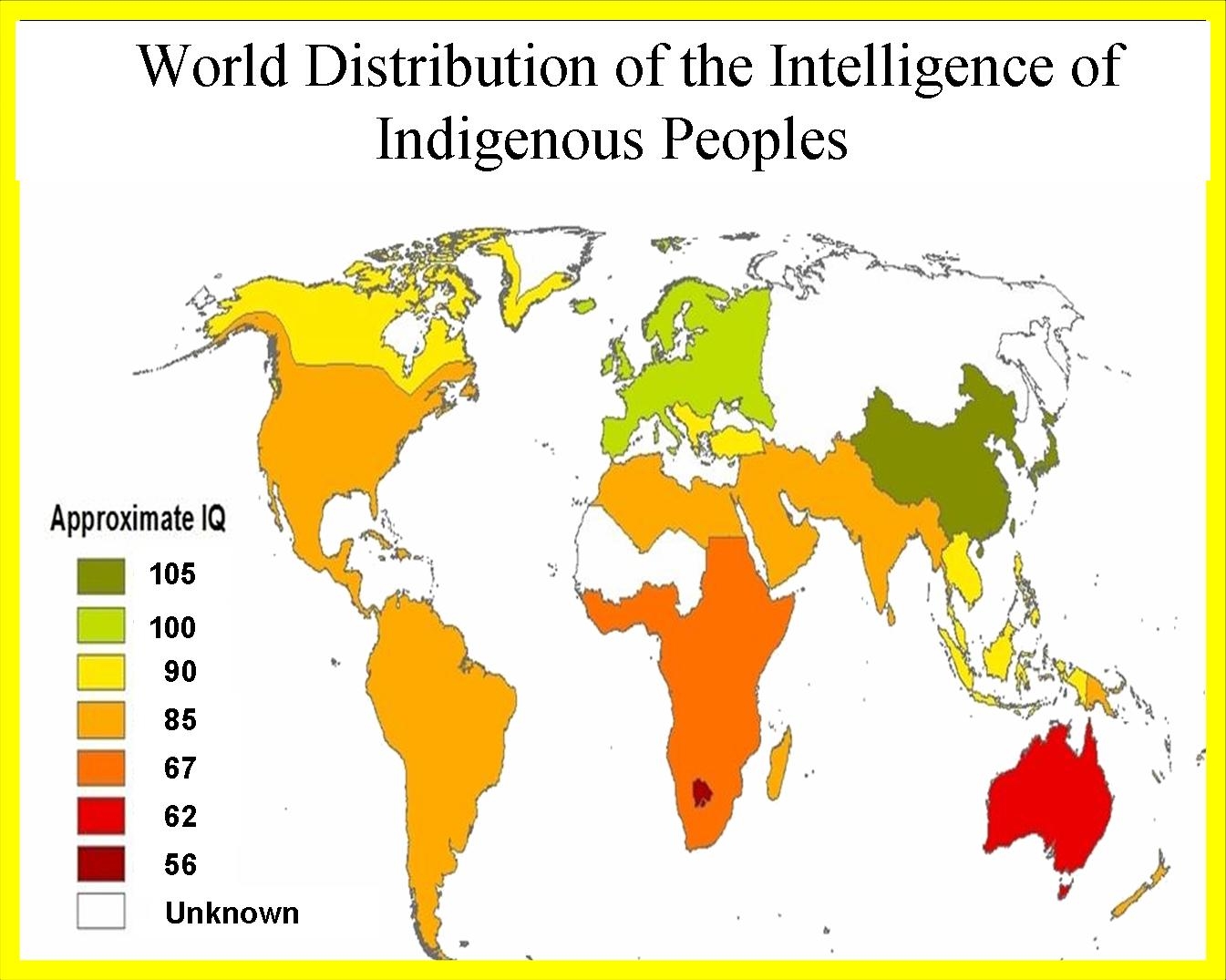

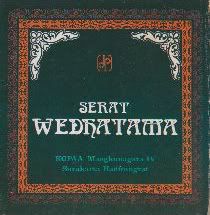

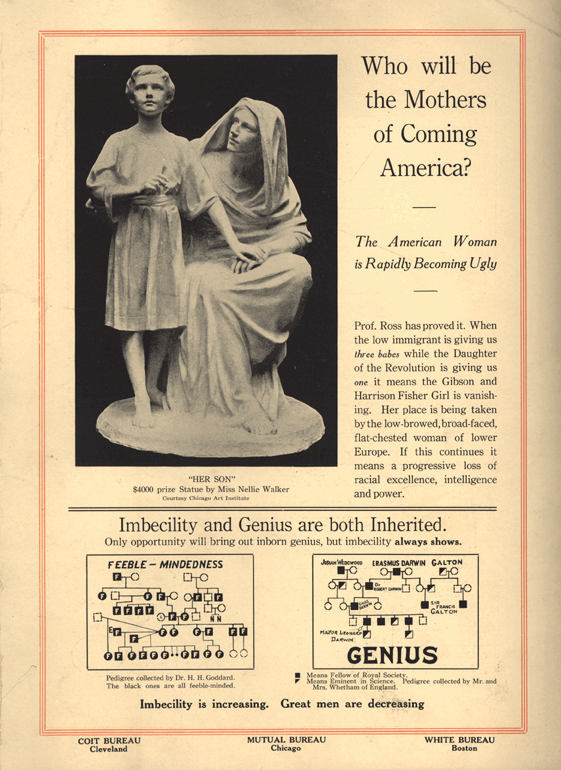
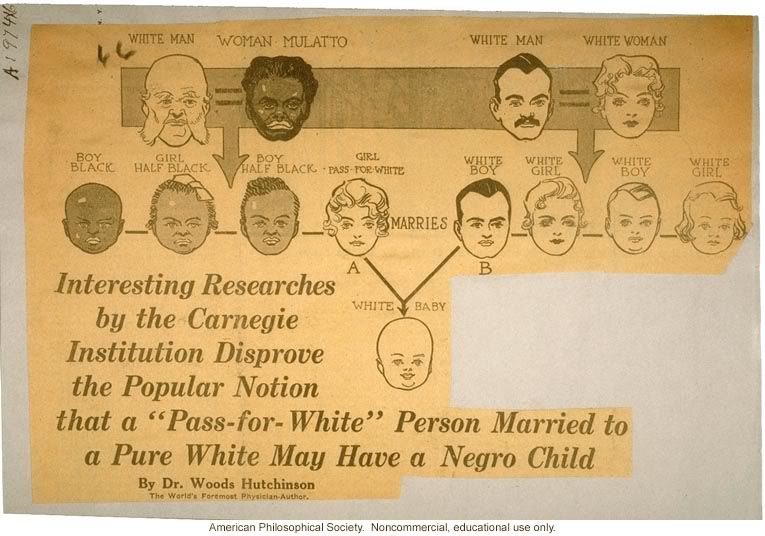


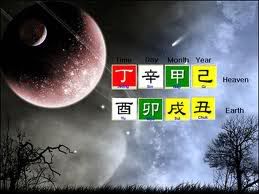







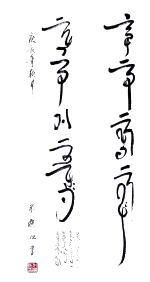
![[Most Recent Quotes from www.kitco.com]](http://www.kitconet.com/images/quotes_special.gif)






Tidak ada komentar:
Posting Komentar